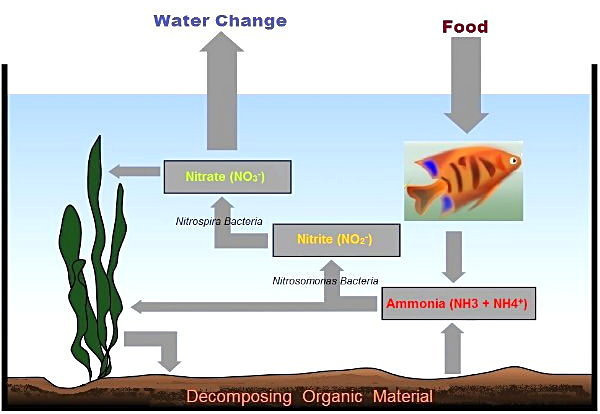CRS
Fish Fanatic
Good Sunday morning to all  It's actually sunny for once in Rochdale,
It's actually sunny for once in Rochdale,
So, i filled my tank about a month ago, i've added loads of plants over the last three weeks, they have atleast doubled in size, some have trippled,
i added the first lot of fish last weekend 8 cardinal tetras, added the second yesterday 5 guppies and 9 shrimps (one of which i noticed has died during the night)
I still have all the tetras and guppies.
As of yesterday, these were the test results:
PH is about 7.
nitrite 0ppm
nitrate 0ppm
ammonia 0-0.25ppm
When would you recommend doing the first water change? And for someone who hasn't done it before is it safe straight from the tap? How do you guys do it?
Thanks
So, i filled my tank about a month ago, i've added loads of plants over the last three weeks, they have atleast doubled in size, some have trippled,
i added the first lot of fish last weekend 8 cardinal tetras, added the second yesterday 5 guppies and 9 shrimps (one of which i noticed has died during the night)
I still have all the tetras and guppies.
As of yesterday, these were the test results:
PH is about 7.
nitrite 0ppm
nitrate 0ppm
ammonia 0-0.25ppm
When would you recommend doing the first water change? And for someone who hasn't done it before is it safe straight from the tap? How do you guys do it?
Thanks





